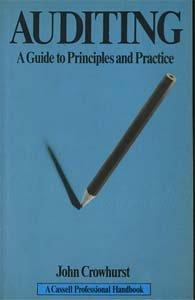Question
Direct Materials and Direct Labor Variances Zoller Company produces a dark chocolate candy bar. Recently, the company adopted the following standards for one bar of
Direct Materials and Direct Labor Variances
Zoller Company produces a dark chocolate candy bar. Recently, the company adopted the following standards for one bar of the candy:
| Direct materials (6.30 oz. @ $0.20) | $1.26 |
| Direct labor (0.08 hr. @ $18.00) | 1.44 |
| Standard prime cost | $2.70 |
During the first week of operation, the company experienced the following actual results:
- Bars produced: 145,000.
- Ounces of direct materials purchased: 913,800 ounces at $0.21 per ounce.
- There are no beginning or ending inventories of direct materials.
- Direct labor: 11,460 hours at $17.20.
Required:
Instructions for parts 1 and 2: If a variance is zero, enter "0" and select "Not applicable" from the drop down box.
1. Compute price and usage variances for direct materials.
| Materials Price Variance | $ | Unfavorable |
| Materials Usage Variance | $ | Unfavorable |
2. Compute the rate variance and the efficiency variance for direct labor.
| Labor Rate Variance | $ | Favorable |
| Labor Efficiency Variance | $ | Favorable |
Feedback
1. SP = Standard price per unit AQ =Actual quantity of direct material used in production SQ = Standard quantity of input for actual quantity of output If necessary, refer to the textbook for the materials price variance and usage variance formulas.
2. AR = Actual hourly wage rate SR = Standard hourly wage rate AH =Actual direct labor hours used SH = Standard direct labor hours that should have been used If necessary, refer to the textbook for the labor rate variance and efficiency variance formulas.
3. Prepare the journal entries associated with direct materials and direct labor. If an amount box does not require an entry, leave it blank or enter "0".
| Record purchase of materials | |||
| Record usage of materials | |||
| Record labor variances |
Feedback
3. Companies must restate costs and inventories at the end of the year to actual cost. So, variance accounts must be closed out and their balances applied to Cost of Goods Sold (if immaterial) or prorated among Cost of Goods Sold, Work in Process, and Finished Goods.
Step by Step Solution
There are 3 Steps involved in it
Step: 1

Get Instant Access to Expert-Tailored Solutions
See step-by-step solutions with expert insights and AI powered tools for academic success
Step: 2

Step: 3

Ace Your Homework with AI
Get the answers you need in no time with our AI-driven, step-by-step assistance
Get Started


